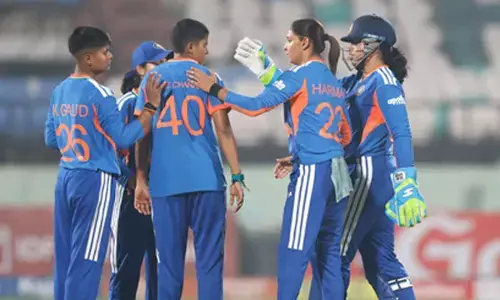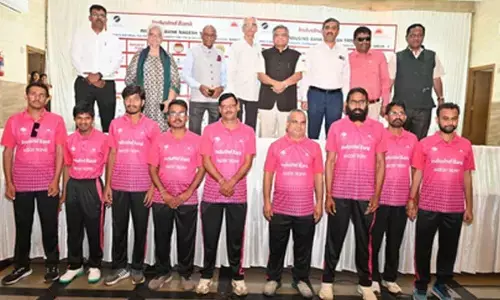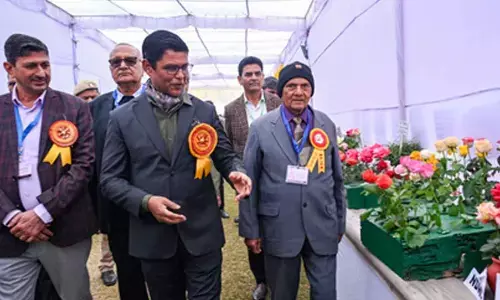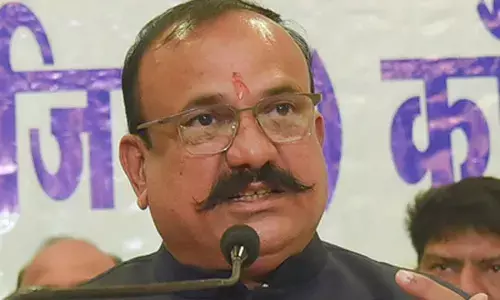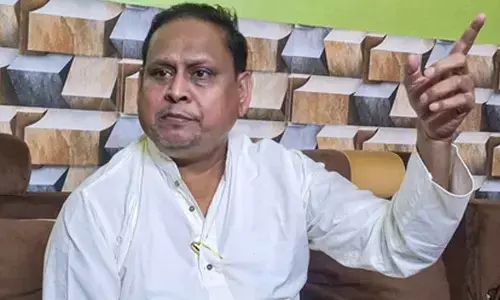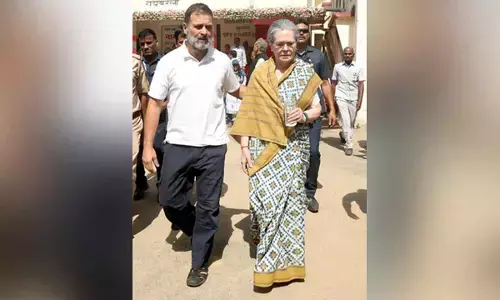Venkatagiri - The weave of Andhra Royals
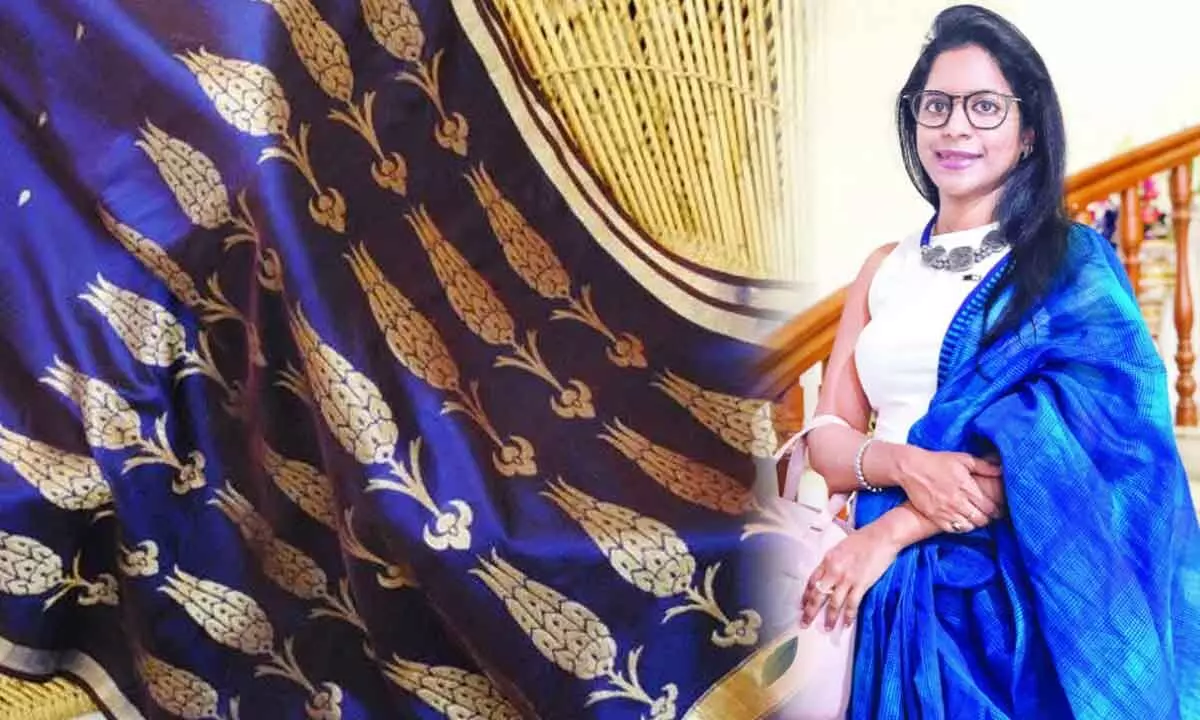
Back in the day, the kings and queens even used to patronise Venkatagiri creations – such was the exquisiteness of this weave. But today, no one even acknowledges the glory of Venkatagiri’s GI tag, let alone celebrate it
Fab facts
• Number of weavers required to weave a saree: One or two depending on the complexity
• Number of days to weave a saree: 3 to 90 days depending on the complexity
• Technique: Jamdani
• Specialty: Very fine cotton with pure gold zari
• Field/Body: Plain, occasional buttas
• Border: Kaddi zari border
• Motifs: Paisley, flowers, circles
• Pallu: Traditional Andhra two-striped end piece
The hush-hush of Andhra, that still hums a sweet melody to those who are destined to enjoy – the lore of Venkatagiri beg for retelling.
Despite its glorious past, even to date, not many Telugu-speaking states are aware of the weave's significance. Back in the day, the kings and queens even used to patronise Venkatagiri creations – such was the exquisiteness of this weave. But today, no one even acknowledges the glory of Venkatagiri's GI tag, let alone celebrate it.
The town Venkatagiri, is located in an unassuming yet important cotton-growing belt that is popular for producing fine and sheer muslins. A darling to the Nizams and other rules of Andhra – Venkatagiri was the choicest of weaves, given its high thread count.
A rarity among other popular muslins of India, Venkatagiri's vibrance stood out – quite literally. Artisans took pride in using real zari to weave the border, the saree's pallu, and the coveted gold-bordered turbans and dhotis for men.
During the 18th century, the kings of Asaf Jahi dynasty promulgated acts that attracted textile craftsmen from the central and western regions of India to the Andhra region. Naturally, this resulted in an osmosis of ideas and techniques. The Zamindars and the royal families Andhra, were believed to have weavers that worked exclusively for their clan too. Such a confidential arrangement ensured the sustenance of the motif's DNA and sanctity.
Unbleached by design, with an uncanny resemblance to Kerala's kasavu sarees, this hand-spun fabric has always been a favourite of the elites. However, over the years, Venkatagiri's fine cotton muslin jamdanis were exported to Bengal and Chanderi. The trade lasted till the end of the 19th century.
In the following fifty years, to destiny's chagrin, the quality of muslins from Bengal and Chanderi witnessed a declining trend – creating ripples of uncertainty that lasted longer than expected. At the time, weavers started to weave sarees with a 200-thread count. Their present-day successors started using drawboy dobbies, using which they could manoeuvre their way to achieving a count between 120 and 200 on the body and an 80 on the border. This heaviness in the count, especially on the border, adds a stiffness to the saree's bottom thereby rendering the need to attach a 'fall', redundant. Another interesting specialty of this weave is its ability to take its weighty gold border right up to the selvedge end, with just four ends of cotton to maintain its firmness (referred to as Voriyakanchu.)
That said, of late, artificers of Venkatagiri started to push the envelope by weaving additional weft to the body and the pallu of the saree. This was done purely to meet the competition posed by the clusters such as Uppada, that used the jamdani technique on fine cottons. However, the sacred Venkatagiri saree is being cannibalised, and regrettably so, by low-grade, mass-produced powerloom sarees.
Today, only a handful of sarees are richly brocaded with motifs in gold. Other regular sarees sport a plain body with pure kaddi zari border (unembellished fields are Venkatagiri's signature). Nevertheless, owing to extensive craftsmanship, a typical cotton saree from the house of Venkatagiri costs as much as, if not higher than, their silk counterparts, thus making Venkatagiri the finest among the plain cotton textures the world over.
Then what is stopping it from outpacing others of its ilk?
There could be two plausible reasons. Strange as it may sound, one could be - the youth carrying a misconception that the fabric is suited best to the elderly age group and as an effect turning a blind eye to it; second - the artisans aping Kanchi, making the product lose its distinction and sheen.
Could we then do something to restore its glory? Yes. Perhaps a good place to start would be to ask ourselves every Ugadi if we are willing to wear a Venkatagiri saree and breathe into it a renewed sense of (forgotten) worth.
Venkatagiri – a weave that was once celebrated by the royals, but more a weave that must be celebrated by the kings and queens inside of everyone.
Own it. Wear it. Celebrate it.
(The writer is a handloom and handicraft enthusiast Member if crafts council. Instgram handle: @Rajeswari Ramachander )










